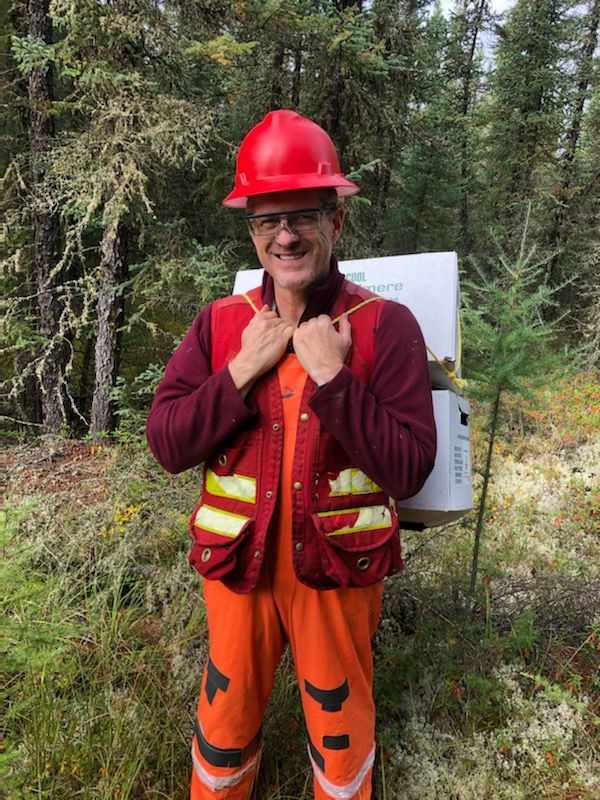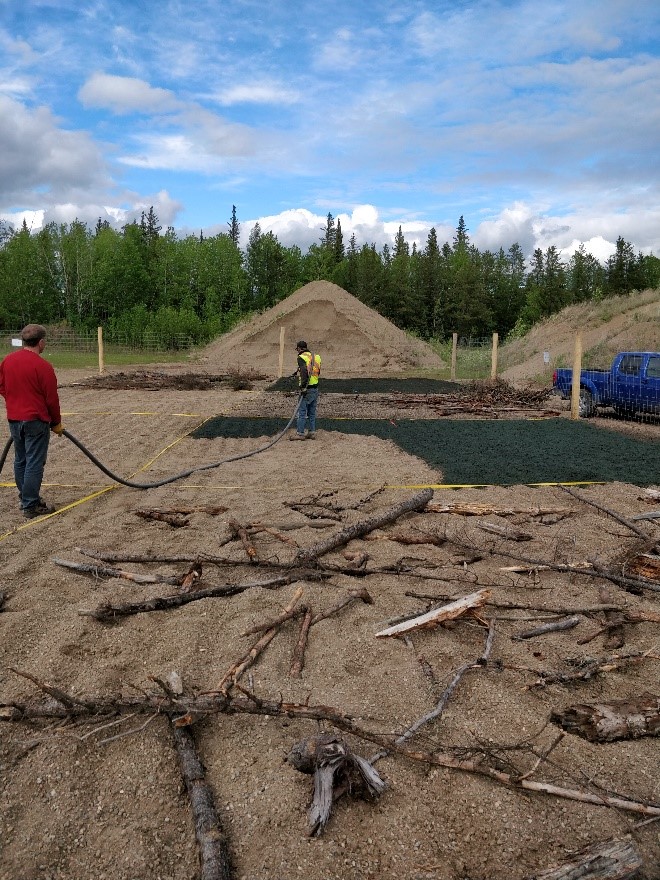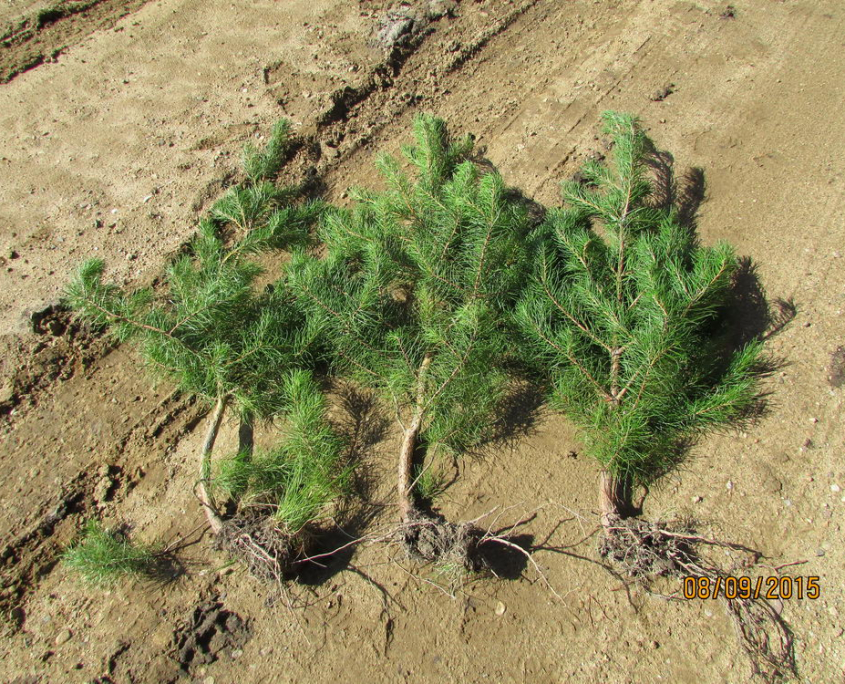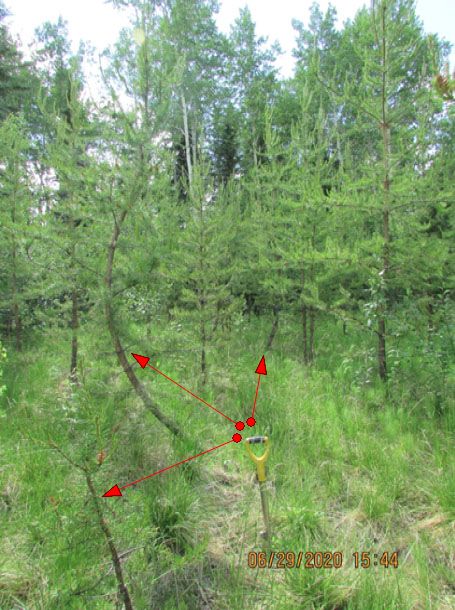Field Equipment Breakdown?? Call a … Millennial?!?
 Last month, when finishing the final portions of reconnaissance for a proponent-sponsored Woodland Caribou (Rangifer tarandus caribou) Habitat Reclamation project, we ran into some mechanical issues with one of our snowmobiles. Now, let me start by admitting, without apology, that I do not have any mechanical abilities. None. Not a skill, aptitude or interest. So, when a mechanical challenge arises with any equipment my first option is to deny that there is a problem. Then, when that does not work and I can no longer ignore the uncomfortable reality, look for a way to delay addressing it. And should that fail, which it always does, admit the need for help
Last month, when finishing the final portions of reconnaissance for a proponent-sponsored Woodland Caribou (Rangifer tarandus caribou) Habitat Reclamation project, we ran into some mechanical issues with one of our snowmobiles. Now, let me start by admitting, without apology, that I do not have any mechanical abilities. None. Not a skill, aptitude or interest. So, when a mechanical challenge arises with any equipment my first option is to deny that there is a problem. Then, when that does not work and I can no longer ignore the uncomfortable reality, look for a way to delay addressing it. And should that fail, which it always does, admit the need for help
This mild winter day (-15°C) we are 25 km from the truck via ice road and legacy seismic lines, and spring break up is just around the corner. In short order, I’m quietly strategizing how to do an equipment salvage mission later in the year. And then it happens, my Millennial Mechanics arrive proclaiming, “We have cellular service!!”
The next thing I know, a YouTube© video is playing and the problem snowmobile is being disassembled for diagnosis. So, this Gen-X Forestland Consultant assumes his highest value leadership positions to support the team: sit, watch, smile, enjoy a snack, and remain silent
And what happens next? In short order the problem is identified, issue addressed, engine parts reassembled and the motor is… running! I think it had something to do with the fuel and air intake?! 🤔 🤣 So, with the engine now operating, we opt to demobilize the unreliable unit back to staging, and safely finish the simplest to access candidate sites with the remaining tools on hand and final daylight hours at our disposal
Although the final day of project reconnaissance was not as efficient as I was hoping it would be, because we ended up deferring some final pieces of difficult-to-access seismic lines for an assessment later in the season, we safely viewed the linear features that we could without compromising safe work and product quality commitments. It was a good project finish, within the approved scope of work, and a gentle reminder to me of why I love teamwork. Simply, some of my very best experiences working in the forest take place when I allow space for others to contribute, rather than be intimidated by their ideas and strengths
The team dinner that evening was nice…
More themes remain for me to revisit, and many more new ideas await my discovery as I explore the exciting world of Reclaimit’sforest remediation and reclamation services, and travel across the provinces of Canada and around the world in project-related adventures. Have a question about my blog articles, reclamation services, or have a forestry-related question? Click here to drop me an email!
Did you like this article? You may also like Forest Land Reconnaissance – For Caribou Habitat Restoration














